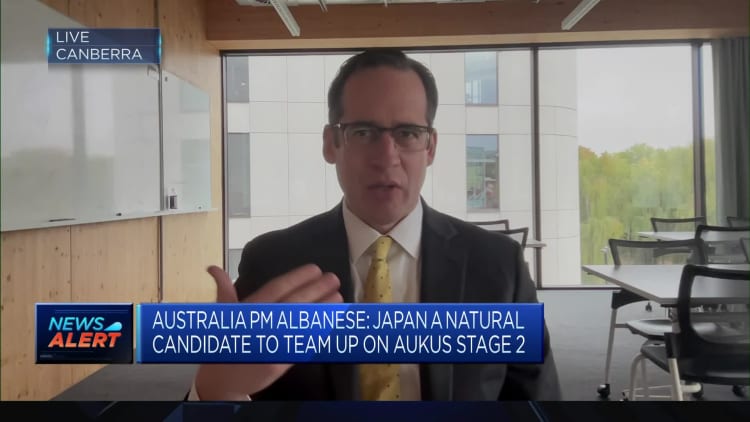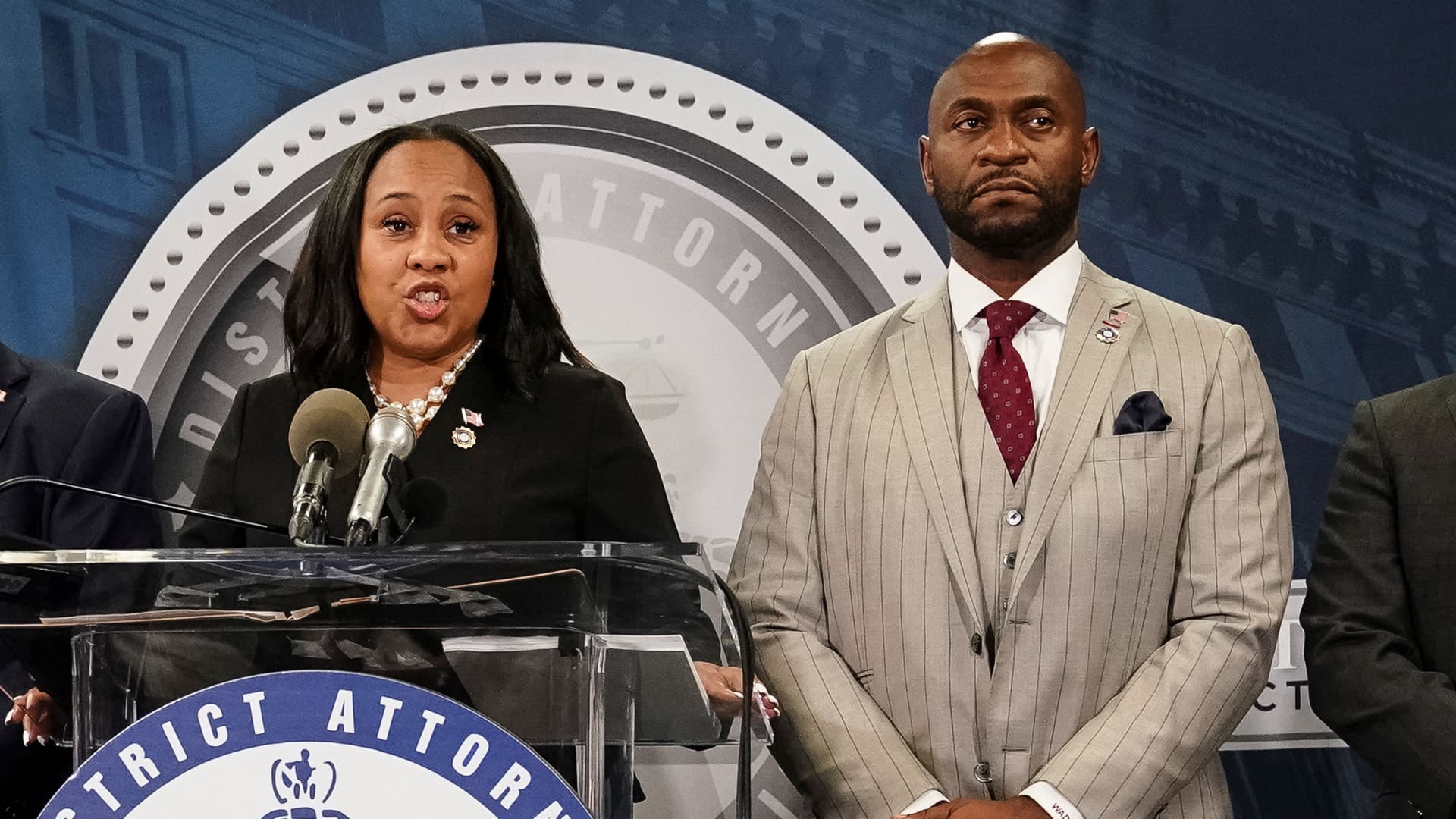As Narendra Modi stormed to victory in the 2014 election, he said: “Achchhe din aane waale hain” – good times are coming.
As Mr Modi now seeks to secure another term as prime minister in elections starting on April 19, the value of the Indian stock market has tripled since he took office. India’s economy is almost twice as big as it used to be.
Stocks have risen so much because the number of Indians with enough wealth and willingness to take investment risks has skyrocketed – from just under 2 percent to almost 5 percent of the population.
However, economic gains have been largely unequal. Most of India’s growth depends on those at the top of the income scale, including a group of huge and tightly controlled companies.
It is estimated that ninety percent of India’s 1.4 billion people live on less than $3,500 a year. But in the poorest rural areas, social programs expanded under Mr. Modi have made life more bearable. Many of the benefits are clear and visible: bags of free grain, toilets, gas cylinders and housing materials. Purely commercial developments have changed village life: LED lights, cheap smartphones and almost free mobile data have changed the nature of idle time.
While America experienced a “vibecession” and felt depressed despite positive economic news, India did the opposite. There are a lot of mixed signals here – but the mood is fantastic. International surveys show that India’s consumers are now the most optimistic of all.
Foreigners are also happy with the Modi economy. Banks like Morgan Stanley and JPMorgan Chase are pushing to increase India’s weighting in their global stock and bond indices. Chris Wood, one of Asia’s most respected market strategists, warned that Indian markets could plunge 25 percent or more if Mr. Modi is not re-elected this year.
The strange thing about the optimism surrounding the Modi economy is that India’s growth rates in the last decade have been very similar to the decade before, under a government that Mr. Modi often blames for the country’s destruction.
As real as it is, India’s economic success story is also a feature of what may be the unique feature of Mr. Modi’s years at the top: his ability to control all levers of power, with sensationalism at the forefront.
Mr Modi’s face is everywhere, perhaps more present in New Delhi than that of a democratically elected leader in any other capital. In the run-up to the G20 summit last September, his slogans praised virtually every positive development to be found in this inexorably rising economy.
Given the bullish climate surrounding the Indian economy, even the pessimists are optimistic. While official statistics expect growth of 7.3 percent for the current financial year, most financial experts in Mumbai expect growth of 6 to 6.5 percent. The lowest estimate is 4.5 percent, which would still surpass the United States and possibly China.
It is avoided to express even slight skepticism. Economists who rely on government work must be careful not to speak openly. Economists who don’t work with the government are becoming increasingly rare as independent think tanks are raided and shut down.
Control of news is much more pronounced than under Modi’s predecessor, award-winning economist Manmohan Singh. India became known as a “flailing state” during Singh’s tenure, although growth occasionally reached the 10 percent mark.
Mr. Modi has been busy reshaping the institutions of the Indian government. Political competition has been all but eliminated at the national level and he has exploited hostility toward the country’s Muslim minority, numbering 200 million people.
Mr. Modi has also used the power of the state to make things happen in purely economic matters, mostly for good but sometimes for bad. The infrastructure is on the ground. There is some overbuilding, but the fact that construction is being completed is a welcome relief. Welfare programs have become more responsive.
India has made a far-reaching digital leap, particularly in banking and business. The push began under Mr Singh’s previous leadership, but Mr Modi went along with it. The “India Stack,” a suite of software platforms that runs on Aadhaar, a biometric identification system, means Indians now have access to faster and cheaper peer-to-peer transactions than Americans.
Taxes have been revised. India has shifted more of the economy into the formal sector, for example by introducing a goods and services tax like Europe’s VAT, which allows more revenue to be collected from more people and companies. This freed up money for public spending and – by reducing corporate tax rates – for private financing.
There was a minus in the digitization book on November 8, 2016, when Mr. Modi suddenly declared at 8 p.m. that all large banknotes were suddenly worthless. This was intended to deprive criminals of “black money”. Instead, it paralyzed economic activity.
The Indian government’s power to act decisively and mostly unchecked has also created distortions and inequalities in other ways. The largest companies have benefited enormously. Of the $1.4 trillion in assets created by the most prestigious stock index from 2012 to 2022, 80 percent went to 20 companies, Marcellus Investment Managers in Mumbai estimated in 2022. These companies are the ones that deal directly with the government to be able to speak.
No one illustrates the concentration of corporate assets and the risks associated with it better than Gautam Adani. Outside India, few knew his name until he suddenly appeared on the lists in 2022 as the second richest person in the world after Elon Musk.
The flagship holdings of Mr. Adani’s conglomerate nearly doubled in the year after Mr. Modi’s election and grew eightfold after his re-election in 2019. The Adani Group effectively became a logistics arm of the government, building ports, highways, bridges and solar farms at unprecedented rates.
Then last year, Adani’s empire was accused of fraud by a New York short seller, costing Mr. Adani $150 billion on paper. Although Mr. Adani, who denied the claims, has made up most of the lost money, the incident exposed a risk in Modi’s strategy of allowing the few at the top to amass enormous influence.
Beyond companies, India’s recent growth has been uncomfortably uneven at the individual level. The world’s largest population explains why so many foreign investors are attracted to the consumer market. Most Indians live in rural areas, and 75 percent of them are largely poor and eligible for free food rations intended to prevent malnutrition. Although this requires some caution, it leaves room for growth.
Sales of luxury goods have been booming, especially since the pandemic, leading to years-long waiting lists for vehicles like the Mercedes G 63. Sales of motorcycles and scooters, which carry far more Indians than all four-wheeled cars combined, have stagnated.
The most painful aspect of the economy is the employment situation. Officially, around 7 percent of Indians are unemployed. Significantly more are underemployed. Over the past month, Indians desperate for better income abroad have died trying: crossing United States borders, fighting as ill-equipped mercenaries for Russia in Ukraine, and occupying positions held by Palestinians who were forced to give up their jobs in Israel were released.
And yet India’s rise in the global economy seems preordained. It has become the world’s fifth-largest economy, ahead of Britain, and is expected to overtake Japan and Germany to become the world’s third-largest economy in the next few years.
More multinational companies are expected to flock to India, creating opportunities for Indians. Only a small portion of consumers can expect to enjoy a standard of living in the United States, but their numbers are increasing every year and can now be found even in small towns.
Companies without ties to government leadership continue to be hampered by bureaucratic hurdles. But the direction is promising: Projects that previously required two years of approval can now be completed in 15 days.
In addition to the acche noise he promised in 2014, Mr. Modi promised “minimal government, maximum governance,” sounding like a 1980s free-market American. In practice, his economic approach is not defined by theory or ideology. He threw everything at the wall to see what stuck. He threw persistently and with power. When economists talk about India, they no longer talk about the “flailing state”.
Source link
2024-04-01 04:16:38
www.nytimes.com














